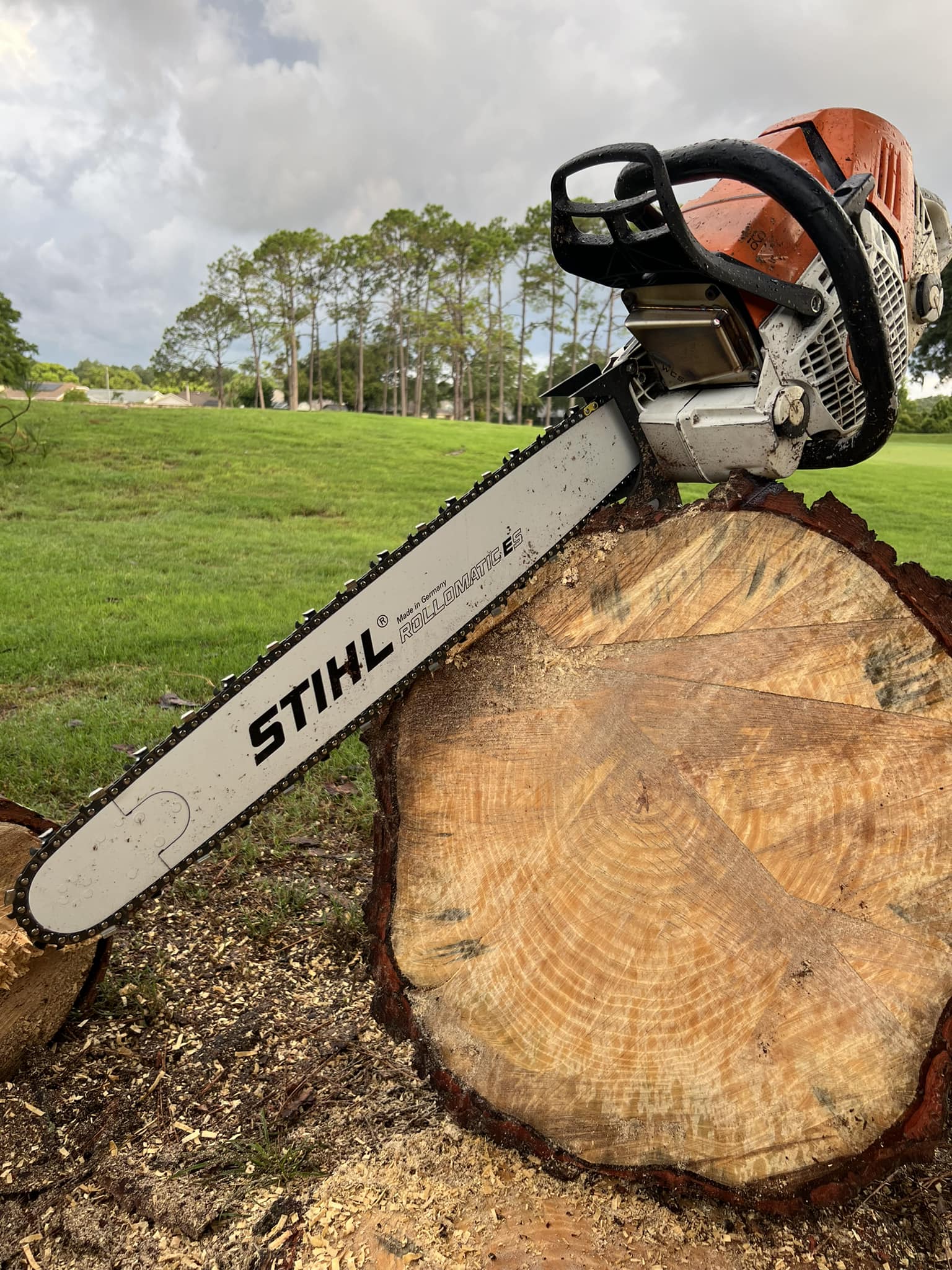
Seasonal Tree Care Tips to Keep Your Landscape Lush Oct 05, 2025
As we transition into spring, it's essential to examine your trees closely. This is a critical time for pruning and checking for damage caused by winter weather. Look for broken, dead, or diseased branches and remove them to prevent any potential hazards. Pruning also promotes healthy new growth and improves the overall structure and balance of the tree. After a thorough inspection, apply a balanced fertilizer to provide nutrient support as the trees wake from their winter dormancy.
Spring is also the time to mulch around your trees if you haven’t already. A 2-4 inch layer of organic mulch helps retain soil moisture, regulate temperature, and suppress weeds. Take care not to pile the mulch against the trunk of the tree, as this can cause rot and attract pests.
Moving into the summer months, watering becomes vital. During dry spells, you should water deeply at least once or twice a week, targeting the root zone. Overhead sprinklers can be less efficient due to evaporation, so a slow, deep soak using a soaker hose or drip system is often more effective. Be mindful of each type of tree's specific water needs, as overwatering can be as harmful as underwatering.
Summer is also an excellent time to monitor for pests and diseases. Regularly inspecting your trees for signs of trouble allows early intervention, potentially saving your trees from extensive damage. Introducing beneficial insects and using eco-friendly pest control measures helps maintain a balanced ecosystem, keeping harmful pests at bay without disrupting environmental harmony.
As autumn arrives, your focus should shift to preparing your trees for the upcoming winter. Fall is an ideal time for another round of pruning, which helps strengthen the tree structure against heavy snow and ice. Remove any weak or crossing branches and clear out dead wood. This preventive measure ensures your trees can withstand harsh weather and minimizes the risk of fall or winter damage.
During fall, apply a layer of mulch to your trees again to protect the roots from fluctuating temperatures. This insulation helps maintain a stable environment for the roots through the cold months. Additionally, consider applying a late-season fertilization to offer nutrient support, giving your trees a head start when spring emerges.
Especially relevant during any major seasonal transition is keeping an eye on the weather. Heavy winds, storms, and unexpected frosts can impact your trees significantly. Be proactive by securing any loose limbs and providing additional support to young or leaning trees.
Finally, as winter settles in, it's crucial to continue monitoring your trees, although their growth has slowed. Be on the lookout for damage following heavy snow or ice and gently knock off any excess to prevent breakage. Limiting salt and chemical exposure is also important, as these substances can damage tree roots and soil composition.
By following these seasonal care tips from Ryker's Tree Service, you'll ensure that your trees not only survive but thrive, contributing to a beautiful, lush landscape year-round. Remember, consistent care and attention to detail are key in cultivating a healthy, aesthetically pleasing outdoor space. If ever in doubt, don't hesitate to reach out to Ryker's professional arborists for personalized advice and services tailored to your landscape's unique needs.
/filters:no_upscale()/media/354144b7-1641-4a09-b4a7-a8f4773e5cdb.jpeg)